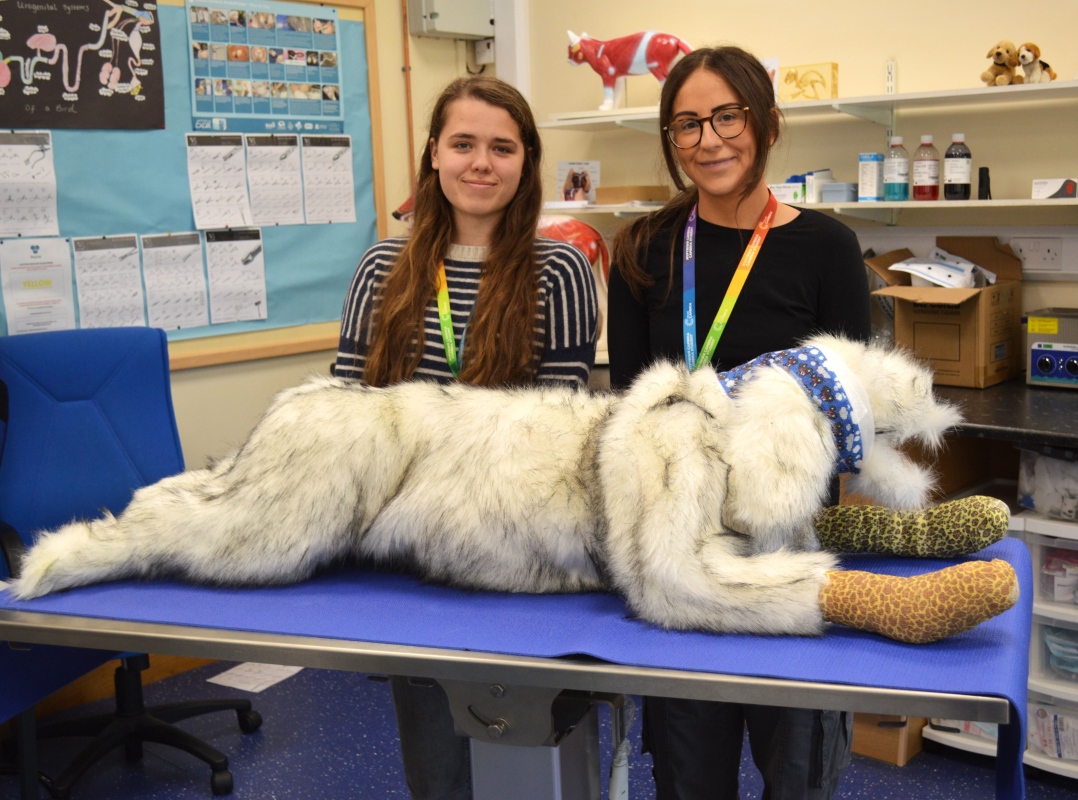Teaching SIA licence-linked training courses
[#item_author]
On 1 April 2021 we introduced new licence-linked qualifications. We also introduced new requirements for training providers. Read more about these changes
You must meet certain requirements to offer the training that leads to an SIA licence-linked qualification.
You must be approved by an awarding organisation
You must get approval from an awarding organisation that offers SIA licence-linked qualifications.
They are:
BIIAB for Door Supervision, Public Space Surveillance (CCTV), Security Guarding
Highfield Qualifications for Close Protection, Door Supervision, Public Space Surveillance (CCTV), Security Guarding
NOCN for Close Protection, Cash and Valuables in Transit, Door Supervision, Public Space Surveillance (CCTV), Security Guarding
Pearson BTEC for Close Protection, Door Supervision, Public Space Surveillance (CCTV), Security Guarding, Vehicle Immobilising
Qualifications Network for Close Protection, Door Supervision, Public Space Surveillance (CCTV), Security Guarding
SFJ Awards for Close Protection, Door Supervision, Public Space Surveillance (CCTV), Security Guarding
Trident Awards (Laser Learning Awards) for Cash and Valuables in Transit, Door Supervision, Public Space Surveillance (CCTV), Security Guarding
You must be competent in the sector
If you are new to training then:
for close protection – you must have at least 3 years’ front line operational experience from within the last 10 years
for cash and valuables in transit – you must have at least 12 months’ front line experience from within the last 3 years.
for door supervision, public space surveillance (CCTV), security guarding and vehicle immobilising – you must have at least 2 years’ front line operational experience from within the last 5 years
For all sectors except close protection, your experience must be from within the UK. For close protection, awarding organisations may accept experience from outside the UK. They will be able to advise you on this.
If you are already a trainer then you must spend at least 40 hours every year keeping your knowledge and skills up to date. Examples of how you can do this include:
attending conferences and seminars
working in the sector
taking additional training
You must have the right qualifications
Trainers
You must have achieved the Award in Education and Training (QCF/RQF level 3 or SCQF level 6), or 1 of the following:
a teaching or training qualification at QCF/RQF Level 3 or SCQF Level 6, accredited by SQA Accreditation/QCA/Ofqual or validated by a higher education institution
a teaching or training qualification equivalent to a QCF/RQF Level 3 or SCQF Level 6 qualification
Examples of qualifications we accept as “equivalent” are:
Level 4 Award in Education and Training (QCF/RQF)
Certificate in Education
Post Graduate Certificate in Education
SVQs in Learning and Development at SCQF Level 8 and 9
NVQ Levels 3 and 4 in Learning and Development
Scottish Training Qualification for Further Education (TQFE)
PTLLS, CTLLS or DTLLS
Master’s Degree in Education
You should contact one of the awarding organisations if you want to check that your qualification is eligible.
Assessors
Unless you are assessing cash and valuables in transit or close protection training, you must hold one of the following now or by 30 September 2022 at the latest:
an assessor qualification from the list below:
Level 3 Award in Understanding the Principles and Practices of Assessment (RQF)
Level 3 Award in Assessing Competence in the Work Environment (RQF)
Level 3 Award in Assessing Vocationally Related Achievement (RQF)
A1 Assessing Learners Using a Range of Methods
D32 Assess Learner Performance
D33 Assess Learner Using Different sources of Evidence
L&D 9D Assess workplace competence using direct methods
L&D 9DI Assess workplace competences using direct and indirect methods
Unit 1 Understanding the Principles and Practices of Assessment (from an assessor qualification)
a teaching qualification from the list below:
Level 3 Award in Education and Training
12 credit Preparing to Teach in the Lifelong Learning Sector
Level 3 Certificate/Level 4 Diploma in Learning and Development
Internal quality assurers
Unless you are assuring cash and valuables in transit or close protection training, you must hold one of the following now or by 30 September 2022 at the latest:
an assurance qualification from the list below:
Level 4 Award in Understanding the Internal Quality Assurance of Assessment Processes and Practices (RQF)
Level 4 Award in the Internal Quality Assurance of Assessment Processes and Practices (RQF)
Level 4 Certificate in Leading the Internal Quality Assurance of Assessment Process and Practices (RQF)
V1 Conduct Internal Quality Assurance of the Assessment Process
D34 Internally Verify the Assessment Process
L&D 11 Internal Quality Assurance
the ‘Understanding the principles and practices of internally assuring the quality of assessment’ unit from an IQA qualification
Trainers and assessors of counter-terrorism training
In addition to the qualifications listed above, you must have completed:
the ‘ACT Awareness’ e-learning course
the ‘ACT Security’ e-learning course
You must re-take and complete both e-learning courses every year.
Trainers and assessors of conflict management
In addition to the qualifications listed above, you must also hold a qualification at or above NQF/QCF/RQF Level 3 in the delivery of conflict management training.
Trainers and assessors of physical intervention skills
In addition to the qualifications listed above, you must also hold all the following:
a qualification at or above NQF/QCF/RQF Level 3 in the delivery of conflict management training
a level 3 Award for Deliverers of Physical Intervention Training in the Private Security Industry (QCF/RQF) – see Physical Intervention Training for Trainers (PDF, 95.1KB, 10 pages)
a current certificate (updated annually) from an approved level 3 programme provider that confirms your ability to deliver the skills in that approved level 2 programme
We have set rules for examination venues and things such as the minimum number of training hours for each course. These are published in Get Training (PDF, 582KB, 31 pages).
You must check the learner’s first aid qualification
You must confirm that each learner for door supervision and security guarding holds a valid first aid qualification before they take the SIA licence-linked training. You must do this from 1 April 2021 for new qualifications and from 1 October 2021 for top-up training.
Read more about the first aid training requirement.
If you want to use virtual learning
Your awarding organisation must agree before you can offer any part of the SIA licence-linked training through virtual learning. You must also tell us before you run the course.
Get approval from your awarding organisation
Your awarding organisation will:
advise on which parts of the SIA licence-linked training you can deliver using virtual learning
check that you have all of the necessary equipment
explain the rules you must follow
You must give your awarding organisation:
evidence that you have the necessary resources to deliver virtual learning and/or remote online invigilated examinations
a plan that shows how you will split the time between virtual learning, face to face learning and any assessments that may be required
You should contact your awarding organisation for more details.
You need to tell us if you will be using virtual learning to deliver SIA licence-linked training. To do this you should:
Download our Virtual Classroom Submission Form (ODT, 15.7KB).
Fill it in, providing all of the information we ask for.
Send it to us at [email protected] 5 working days before the course starts.











Responses